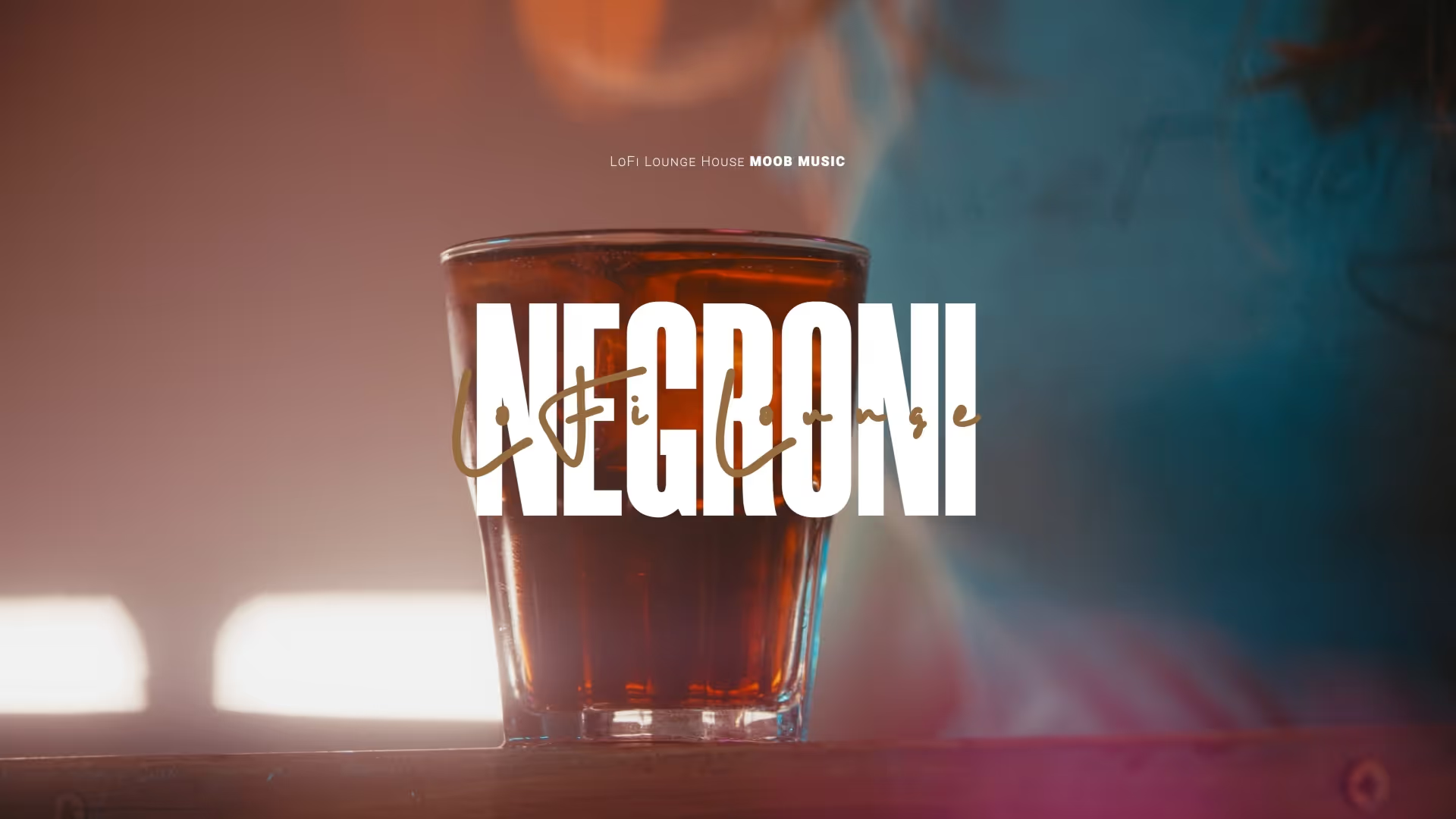Streamlining Game Asset Creation: From Pipeline to Organization in Unity & Unreal
Efficient game asset creation and organization are foundational for any successful game project, especially for indie developers. A robust asset pipeline directly impacts development speed, project maintainability, and ultimately, game performance. Without a clear strategy, projects can quickly become unwieldy, leading to bloated file sizes and lost productivity.
Establishing a well-defined pipeline for game asset creation is the first critical step. This involves setting clear standards from concept art to final engine integration. Consistency in naming conventions, folder structures, and file formats across all assets saves immense time and prevents errors down the line.
Implementing version control for all assets is non-negotiable, allowing for easy rollback and collaborative development. Tools like Git or Perforce ensure that changes are tracked and conflicts are minimized, maintaining asset integrity throughout the project lifecycle.
Integrating external assets into Unreal Engine requires a systematic approach to avoid common pitfalls. Always verify asset compatibility and optimize meshes and textures before importing. Properly configured import settings for materials, LODs, and collision generation are crucial for performance and visual fidelity.
When working with external assets in Unreal, pay close attention to the scale and pivot points to ensure seamless integration into your scenes. Understanding the engine’s requirements for various asset types, such as static meshes, skeletal meshes, and animations, will prevent unexpected issues during development. If you’re new to Unreal, understanding its foundational requirements can be helpful, which you can learn more about in What are the System Requirements for Installing Unreal Engine?.
Effective asset organization within Unity is equally vital for maintaining a clean project and reducing game file size. A logical folder structure, such as 'Assets/Models’, 'Assets/Textures’, 'Assets/Materials’, and 'Assets/Scripts’, creates a clear hierarchy for all team members.
Consistently applying asset labels and tags within Unity allows for quick searching and filtering, especially in large projects. This practice improves workflow efficiency and helps in quickly locating specific assets when needed.
Texture compression settings in Unity should be optimized per platform and asset type to balance visual quality with performance and file size. Different render pipelines, like URP or HDRP, also influence how assets are handled and optimized, a topic explored in Unity: Understanding URP, HDRP, HDRP, and Built-In Render Pipeline.
One common pitfall is inconsistent asset quality or style, leading to a disjointed game experience. Establishing a style guide and technical specifications for all assets early in development helps maintain visual cohesion and prevents rework.
Another frequent issue is project bloat from unused or redundant assets, significantly increasing game file size. Regularly auditing your project for unreferenced assets and removing them is a necessary maintenance task. Unity’s ‘Find References In Scene’ and ‘Delete Unused Assets’ tools can assist in this process.
Incorrect asset scaling or pivot points can cause alignment issues and animation problems within the engine. Standardizing export settings from your 3D software and establishing clear guidelines for asset creators will mitigate these problems.
To effectively reduce game file size, rigorous asset optimization is essential. For 3D models, focus on poly count reduction, especially for assets viewed from a distance, and implement Level of Detail (LOD) groups.
Texture optimization involves using appropriate resolutions, choosing efficient file formats (e.g., .png for transparency, .jpg for opaque), and applying proper compression. Power-of-two dimensions for textures are generally recommended for GPU efficiency.
Create a free account, or log in.
Gain access to free articles, game development tools, and game assets.























